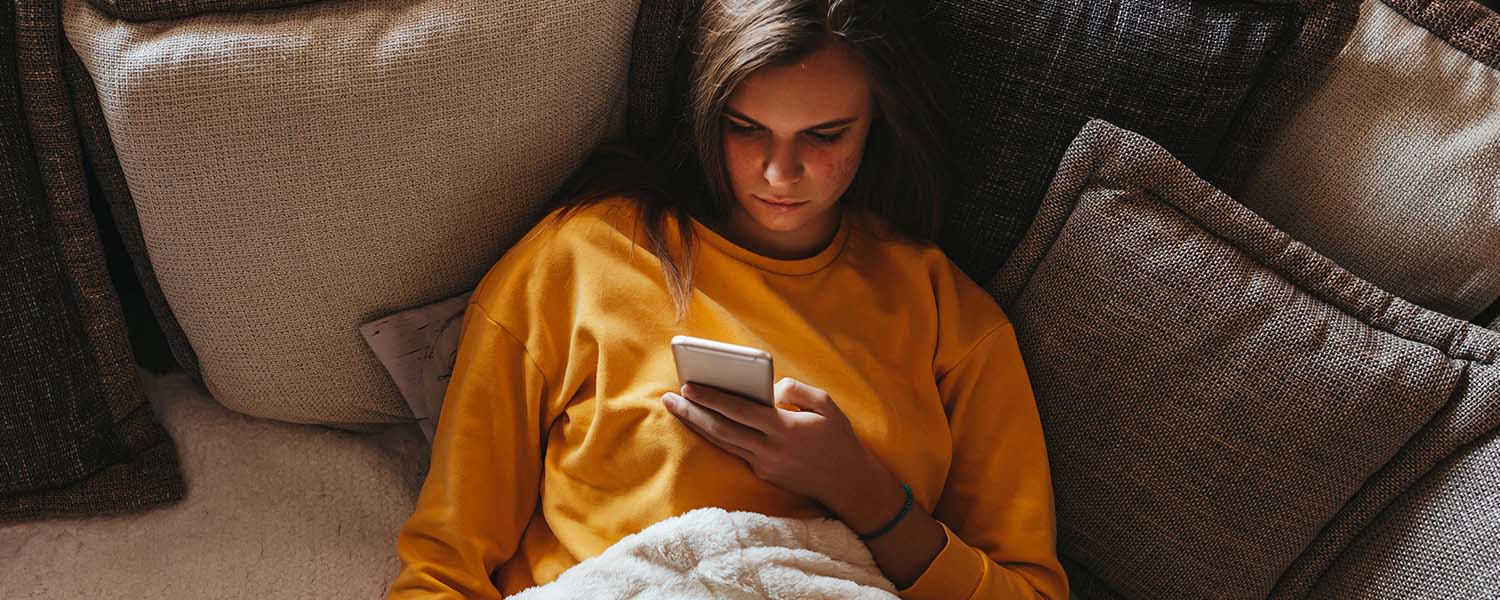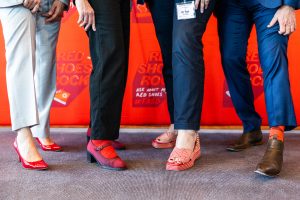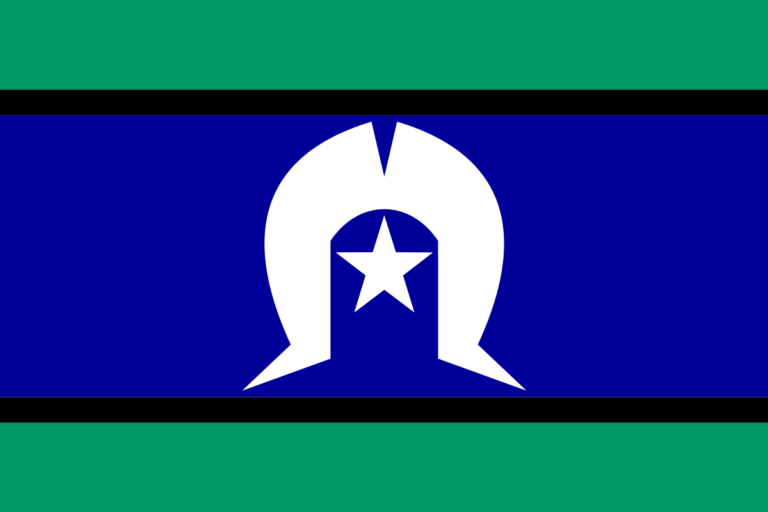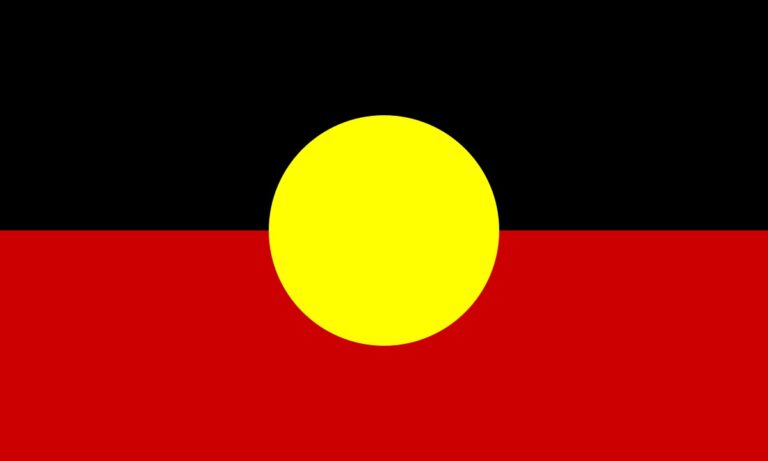Alcohol companies are creating online environments for harm, with a new report revealing that 39,820 distinct alcohol ads are placed on Facebook and Instagram each year, often combined with a button prompting users to “shop now”.
Over twelve months, 351 advertisers including Liquorland (owned by Coles), Dan Murphy’s, BWS and Jimmy Brings (owned by Endeavour Group) and multinationals Bacardi Limited, Heineken N.V. and Diageo, placed an average of 765 alcohol ads each week on the Meta platforms.
Most alcohol retailer advertisements (91%) used a call-to-action button directing people to find out how to buy, while 66.7% used a ‘Shop Now’ button to directly sell alcoholic products within the app, including animated catalogues with looping videos highlighting sales and promotions.
The report Alcohol advertising on social media: a 1-year snapshot, a partnership research project part funded by The Australian Research Council, found that alcohol advertising on Instagram and Facebook is intrinsically linked to the online sale and delivery of alcohol directly into the home.
Foundation for Alcohol Research and Education (FARE) CEO Caterina Giorgi said the barrage of alcohol ads on the platforms, and the use of ‘Shop Now’ buttons to ply alcoholic products, is poorly regulated and reform is needed to keep up with the rapidly evolving retail environment.
“The fact that most ads have a direct link that instantly sells alcohol at the click of a button makes every phone a bottle shop and dramatically increases the availability of alcohol and the potential for harm, particularly when people are trying to avoid alcoholic products,” Ms Giorgi said.
“If you want to stay away from a brick-and-mortar bottle shop, you can cross the street or take a different route. But on social media, there is no escape when alcohol companies are allowed to relentlessly market their addictive products to people at the highest risk of harm.”
The report’s co-author Associate Professor and Director of Digital Cultures & Societies at The University of Queensland, Nicholas Carah said the findings are concerning given the targeted nature of social media marketing.
“This new research uses computational methods to analyse the digital marketing of alcoholic products,” Associate Professor Carah said. “It shows thousands of alcohol ads are being pushed into social media feeds, at a time when people connect digitally more than ever before.”
The researchers analysed data collected from the Meta Ad Library over the year to November 2022.
This new report follows a 2022 study by Monash University, The University of Queensland, and VicHealth that found children have their data used to target them with ads for alcoholic products on Facebook and Instagram.
“Companies should not be able to use personal data in order to sell people more and more alcohol,” Ms Giorgi said. “Common sense measures are needed to prioritise community health and safety ahead of the profits made by large alcohol companies and retailers.”
The Australian government is considering changes to the Privacy Act. Ms Giorgi said this is an opportunity to prioritise the community’s health and safety and stop companies from using personal data to target people to sell them addictive and harmful products like alcohol.
FARE Senior Policy and Research Advisor and co-author Dr Aimee Brownbill said the amount that alcohol companies advertise matters because of the potential for marketing to contribute to harm.
“The earlier that a child or young person is exposed to alcohol marketing, the more likely they are to start drinking and the more likely they are to drink at riskier levels,” Dr Brownbill said. “For people who might be trying to avoid alcohol, including people who have experienced alcohol dependence, alcohol marketing can trigger alcohol cravings.”
More than two-thirds of the digital marketing analysed was from alcohol producers, which placed 27,272 Instagram and Facebook advertisements over 12 months. These advertisements were dominated by multi-national corporations such as Bacardi Limited, Heineken N.V. and Diageo.
Australian alcohol retailers were behind a further 8,731 Instagram and Facebook advertisements, including 2,264 ads placed by the ASX-listed Liquorland parent company Coles Group, the nation’s biggest alcohol retailer. Endeavour Group, the nation’s second largest alcohol retailer, placed 1,989 ads, while Vinomofo placed 1,218 ads and Liquor Marketing Group placed 1,213 ads.
Alcoholic products cause significant harm in Australia, where someone dies from an alcohol-related cause such as liver disease, cancer, family violence or accident every 90 minutes, and someone is hospitalised because of alcohol every three-and-a-half-minutes. More than 17 million Australians use social media each month and children spend an average of over 14 hours a week online.
Alcohol advertising on social media: a 1-year snapshot contains early findings from the Young Australians and the Promotion of Alcohol on Social Media joint research project by The University of Queensland, Queensland University of Technology, Curtin University and Monash University.
